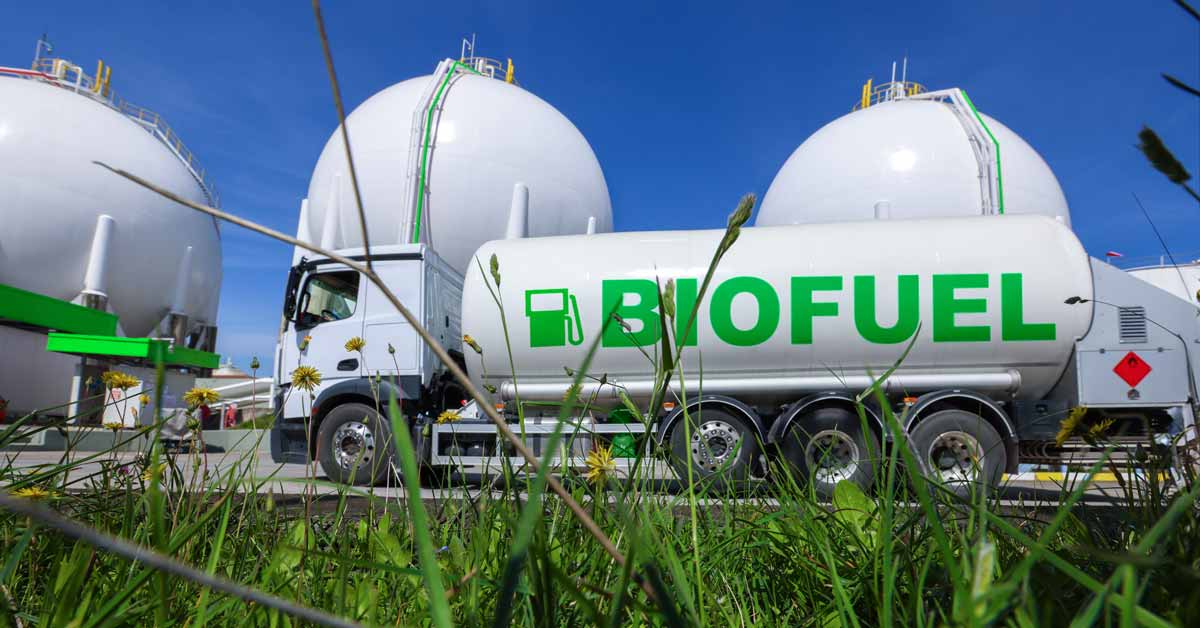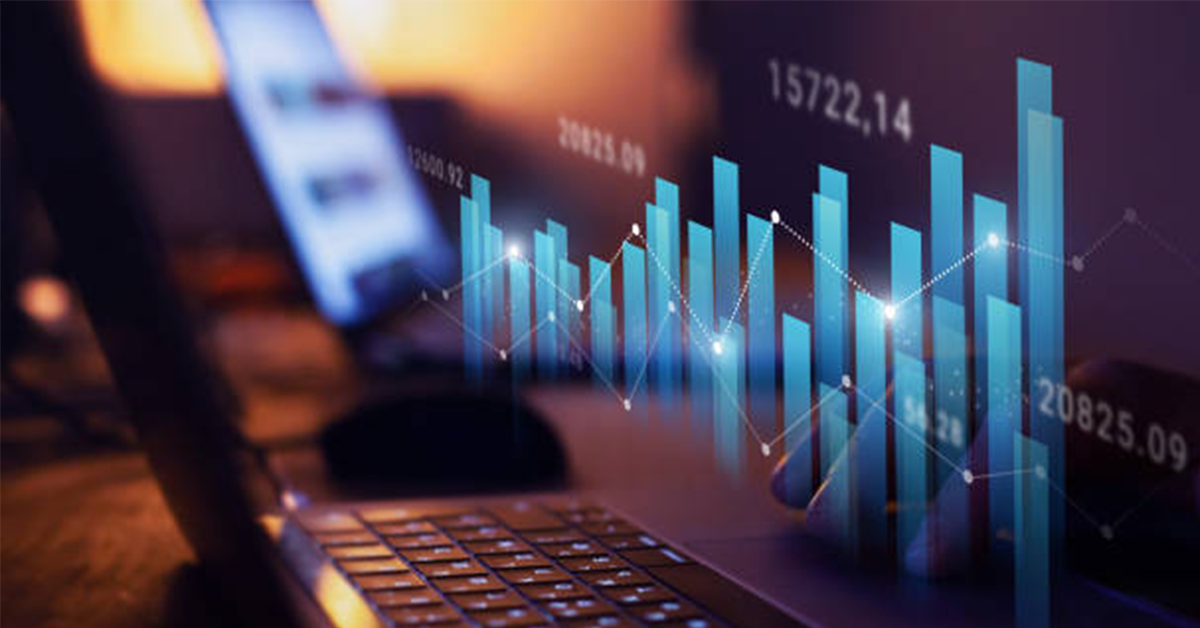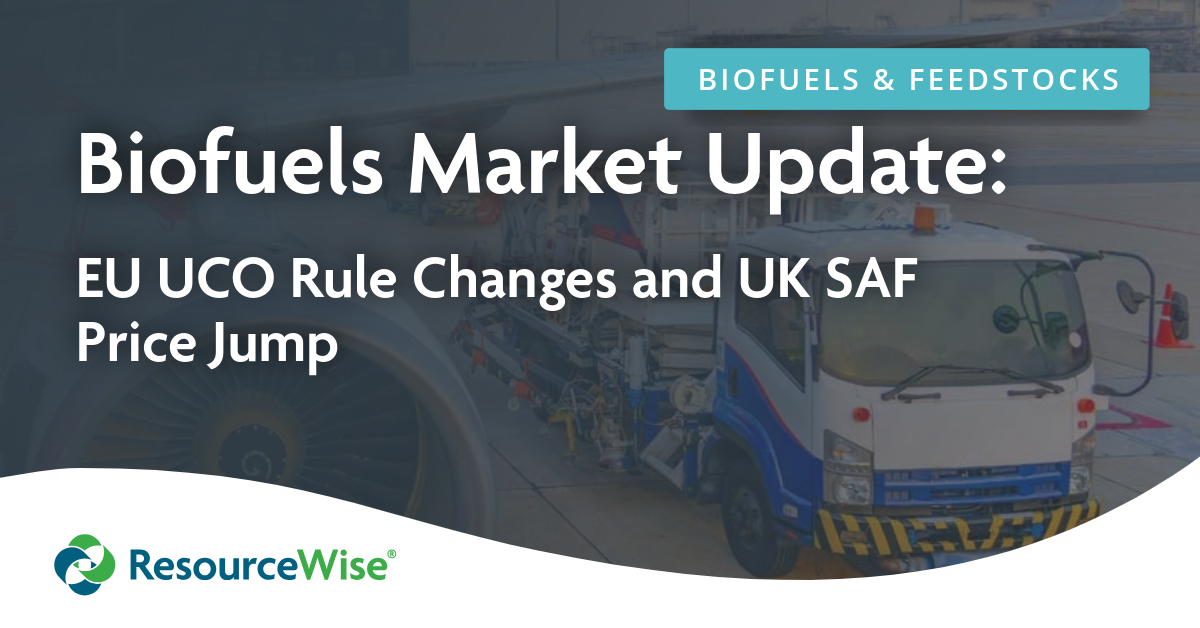2 min read
Biogenic CO2 Removal in the US Takes Shape with Immense Potential
ResourceWise
:
Feb 28, 2025 12:00:00 AM

Despite ongoing regulatory uncertainty in the US, the biogenic CO₂ removal industry is gaining serious momentum.
A growing collaboration between state regulators and private businesses is opening new doors for carbon sequestration. This applies to decarbonized fuel production and the emerging market for carbon dioxide removal (CDR) credits.
These market murmurings have already begun reshaping industry discussions relative to policy. Accordingly, we could see the beginning of a substantial shift within the biofuel and feedstock markets.
Changes like this could open up new avenues in this burgeoning sector and create novel revenue streams for bioenergy companies. But what's driving this change, and what does it mean for the future of sustainable energy?
US Carbon Removal a Growing Landscape
Both technology and an expanded market perspective have fueled the growth of carbon removal. However, regulatory uncertainty at the state and federal levels still loom. Businesses and policymakers are actively working to establish systems that support these emerging pathways for carbon management.
Related: Uncertainty Persists in US Biofuels as 45Z Delayed 90 Days
Decarbonized fuel production is becoming a crucial piece of the puzzle as industries look for ways to lower their carbon footprint without abandoning existing infrastructure.
Many biofuel producers are investing in carbon capture technologies to sequester CO₂ emissions from ethanol and other renewable fuel production processes. Committing to this technology achieves two important objectives:
- It reduces environmental impacts and improve carbon reduction capacity.
- It enhances the market value of produced fuels and improve a competitive position.
States like California, with its Low Carbon Fuel Standard (LCFS), are setting the tone by offering incentives for fuels that achieve lower lifecycle emissions. Other states will likely follow suit as further financially viable pathways are identified.
CDR Credits May Offer Further Incentives
At the same time, the market for CDR credits is gaining traction. Companies across various industries are actively seeking achievable methods to offset emissions. These credits present a new opportunity to reach these sustainability goals.
Unlike traditional carbon offsets, CDR credits are tied directly to the physical removal of CO₂ from the atmosphere. This distinction makes them particularly attractive in voluntary and compliance markets.
The controversial nature of other carbon credits has led to serious doubts about their real-world effectiveness. Accordingly, corporations and governments are looking for verifiable carbon removal solutions like CDR credits.
Related: Internal SBTi Documents Show Carbon Credits Are Ineffective
Bioenergy companies leveraging carbon capture and storage (CCS) can monetize their efforts by selling CDR credits. The process will create a new revenue stream while advancing carbon reduction efforts on a broader scale.
Standards and Regulations Key to Growth in CO2 Removal
As these opportunities grow, so does the need for clarity in regulatory guidance and standardized frameworks. Without these aspects in place, there is no consensus to ensure credibility and long-term market stability.
Despite these challenges, the momentum behind biogenic CO₂ removal is undeniable. Continued investment and policy support will give decarbonized fuel production and CDR credits enormous promise to reshape the US bioenergy sector.
Free Download! New Report on Biogenic CO₂ Removal Now Available
As the US biogenic CO₂ removal sector evolves, staying informed is crucial for businesses to capitalize on this opportunity.
Our comprehensive report delves into the latest developments in biogenic carbon dioxide removal and the impact of state and federal policies.
Key Highlights:
- Policy Impacts: Assessment of how recent US biofuel policies and federal subsidies influence biogenic carbon sequestration efforts.
- Pipeline Progress: Get updates on major CO₂ pipeline projects.
- CDR Credit Dynamics: Understand the potential of biogenic CDR credits and their distinction from voluntary carbon markets.
- Industry Strategies: Learn how leading companies are positioning themselves within thr biogenic carbon landscape.
- Trading Platforms: Get an overview of emerging platforms for carbon exchange.
This report offers an expert analysis of all essential elements of this industry sector. Download today for free access to this premium report.





